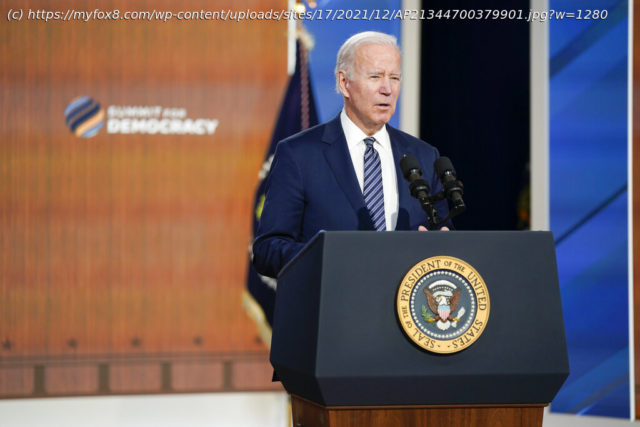The final child tax credit payment of 2021 hits accounts this week.
by: Talia Naquin, Nexstar Media Wire ( WJW) – The final child tax credit payment of 2021 hits accounts this week. As it stands right now, payments will not continue into 2022. However, if the Build Back Better act passes the Senate, it would extend the child tax credits for direct payments in 2022. The House approved an initial version last month. The Biden administration wants the bill approved before Christmas so families can plan on that money in the new year. “Our view is that the Child Tax Credit is a really basic, important support for families and we should extend it because it’s doing what we hoped it would do,” Brian Deese, director of the National Economic Council said in a Newsweek article last week. The potential to pass the 10-year $2 trillion package took a hit Friday when the government announced that inflation pushed prices up last month at an annual rate of 6.9%, the highest in 39 years. Senate Majority Leader Chuck Schumer, D-N.Y., has not said when he’ll call a vote. Here’s what’s in the bill as it stands now: — Eligible workers would receive up to four weeks of paid leave to reimburse them for time taken to care for a new child or other family members or to recover from illness. Biden had initially proposed 12 weeks of paid family leave. — Federal subsidies would ensure that parents earning up to 250% of a state’s median income would pay no more than 7% of their income on child care. Parents must be working, seeking a job, in school or dealing with a health issue to qualify. — Universal pre-kindergarten would be established for all 3- and 4-year-olds and child-care subsidies would be provided for poorer and middle-income Americans. But the programs are funded only for six years. — $40 billion would be provided for higher education and workforce development. This includes raising the size of Pell Grants and providing funding for historically Black colleges and universities as well as institutions that largely serve Hispanic students or tribal communities. — Clean energy tax credits would receive $320 billion worth of funding. These credits over 10 years would help businesses and homeowners shift to renewable energy sources for electricity, vehicles and manufacturing. — $105 billion would be spent to improve communities’ ability to withstand extreme weather events, which have been worsened by climate change.
Домой
United States
USA — Financial Here’s what has to happen for child tax credit payments to continue...






